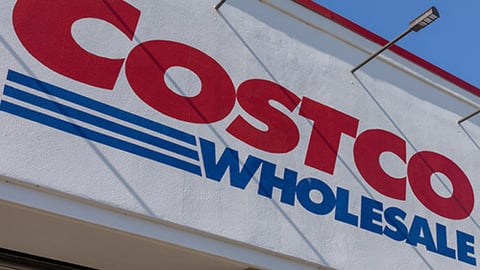Tyson Lowers Beef Prices for Food Retailers
The pandemic has produced panic buying, historic price increases for grocery staples and worries about disruptions to the nation’s main protein supply chains. But now Tyson Foods, one of the major meat processors in the U.S., has said it will lower some of the prices it charges food retailers for beef, according to the Wall Street Journal.
Most shoppers might know Tyson best for its chicken. As the newspaper pointed out on Wednesday, however, the Arkansas-based company processes about 20% of U.S. beef. To keep its beef affordable and sales flowing during the pandemic, Tyson reportedly “plans to reduce prices for ground beef, roasts and other beef products by as much as 20% to 30% for sales made this week to restaurants, grocery stores and other customers.”
The price of beef is a high-stakes food retail game at normal times, and even more during the ongoing COVID-19 outbreak, which has forced the closure of some two dozen U.S. meatpacking plants and sparked debate about the health, safety and essential nature of meat processing workers. In response, some food retailers have imposed limits on consumer meat purchases as processors map out their next moves. "Tyson, the biggest U.S. meat company by sales, has a lot riding on the price of beef,” is how the Wall Street Journal put it. “Beef represented more than one-third of the company’s $42.4 billion in sales last year. Nearly half of the company’s beef is sold to grocery stores and food retailers, the company estimates.”
Tyson’s plans come as pandemic-fueled price fluctuations intensify in the food retail sector. “Wholesale ground-beef prices this week topped $6.21 a pound, according to the USDA, more than triple their cost at the beginning of March. Some steak prices have doubled over the past two months,” the newspaper reported. “The U.S. Department of Agriculture estimated that nationwide production of beef, pork and other red meat last week was about 28% lower than the same period last year, and the agency projected Tuesday that beef production in the second quarter of this year would be one-fifth below first-quarter levels.”
The price issue applies to more than to just beef, as reports and data from earlier this week show. For one, the newest figures from the U.S. Department of Labor show that overall grocery prices in April increased 2.6%, the largest such jump since 1974. Though all grocery product categories contributed to that price jump, the prices of meat, fish, poultry and eggs grew 4.3%, the largest category increase last month. By contrast, the drop-off with oil and gas prices helped drive down all U.S. prices by 0.8% in April, according to the federal agency.
Food retailers are preparing for more price fluctuations, and some have taken steps to soften the blow for consumers as they worry about lost income and keeping current on their bills. Soon after the Labor Department released its April price report, for example, Wegmans Food Markets became one of the first food retail operations in the U.S. to caution shoppers about upcoming price fluctuations on various products. "As grocers, we have experienced more change in the past two months than we have in the last 50 years," said the statement to shoppers titled "A Note from the Wegman Family." "There is not a part of the food supply chain that has gone unaffected. Everything works differently; new partnerships are being forged, and we continue to keep our shelves full and our stores a safe place to work and shop."





